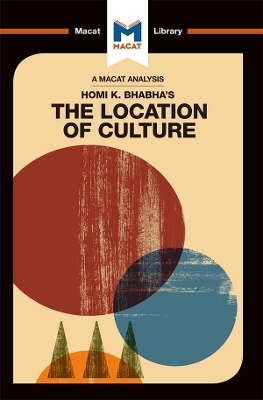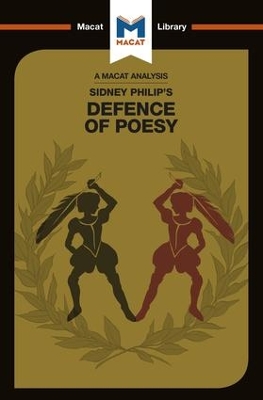The Macat Library
5 total works
An Analysis of Homi K. Bhabha's The Location of Culture
by Stephen Fay and Liam Haydon
The Defence of Poesy is the first major piece of literary criticism in English. Taking aim at classical authors who disparaged poetry, and contemporary critics who saw literature as a corrupting influence, Sidney foregrounds the moral force of poetry. Sidney considers the real life affects of poetry upon the reader arguing that the stories instill virtues like courage in the reader. He combines this moral argument with a discussion of the technical features like genre, metre and rhyme. The Defence of Poesy thus began a long tradition of poets writing about poetry and is a touchstone for modern poetic criticism.
An Analysis of Stephen Greenblatt's Renaissance Self-Fashioning
by Liam Haydon
What is a self? Greenblatt argues that the 16th century saw the awakening of modern self-consciousness, the ability to fashion an identity out of the culture and politics of one's society. In a series of brilliant readings, Greenblatt shows how identity is constructed in the work of Shakespeare, Marlowe, Spenser and other Renaissance writers. A classic piece of literary criticism, and the origins of the New Historicist school of thought, Renaissance Self-Fashioning remains a critical and challenging text for readers of Renaissance literature.



